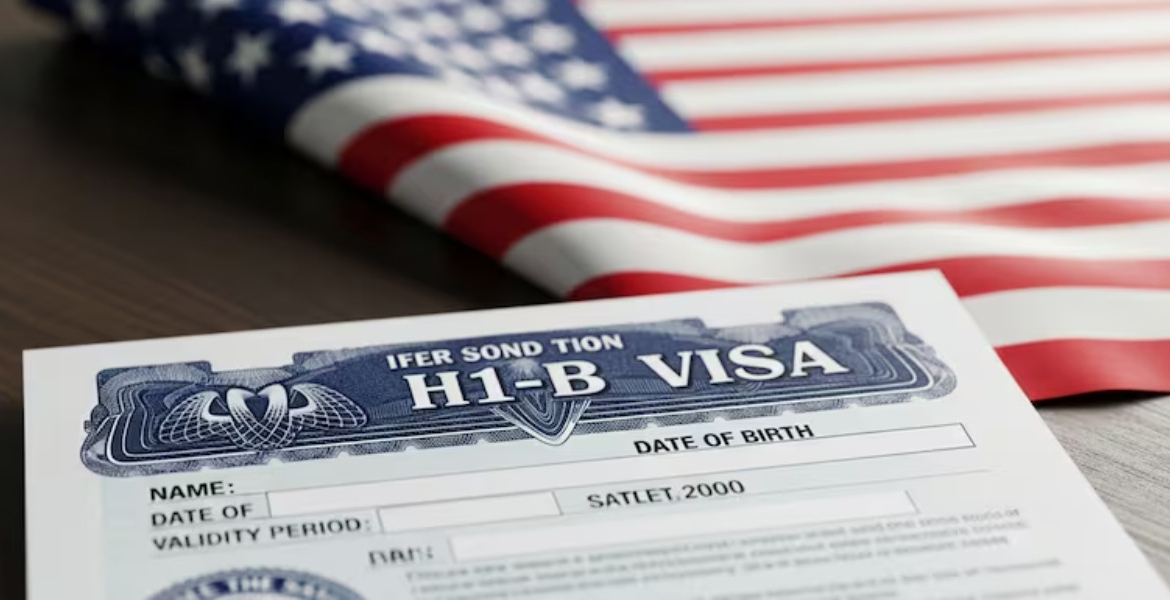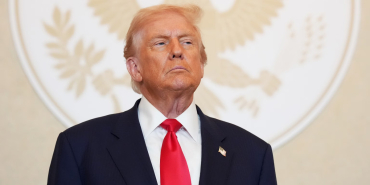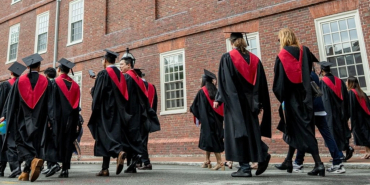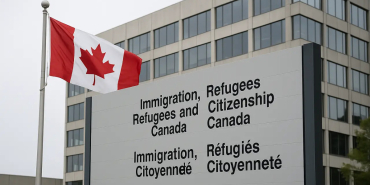After H-1B Crackdown, Trump Administration Now Targets OPT Program

The Trump administration has announced a new $100,000 fee for each H-1B visa petition, significantly increasing the cost of hiring skilled foreign workers ahead of the next visa lottery cycle.
The new fee marks a sharp increase from the previous range of $2,000 to $5,000 and is part of a broader shift in US immigration policy affecting international labour and student pathways. A proposed wage-based selection system for H-1B visas is also under consideration, aiming to prioritise higher-paid roles and encourage employers to hire US workers where possible.
The policy change is expected to have a major impact on sectors that rely on global talent, particularly technology, academia, and research. Universities and research institutions, which frequently sponsor international scholars and graduates, face significant financial challenges under the new rules. In the first nine months of fiscal year 2025, Stanford University alone secured nearly 500 H-1B approvals.
Changes may also be coming to the Optional Practical Training (OPT) programme, which allows international students on F-1 visas to work temporarily in the US after graduation. Currently, students in STEM fields are eligible for a 24-month extension, making OPT a key pathway to longer-term employment and eventual transition to an H-1B visa.
Senior administration officials, including White House Deputy Chief of Staff Stephen Miller, have called for limiting or eliminating the OPT programme, arguing it disadvantages American workers. USCIS Director Joseph Edlow has also raised legal concerns over authorising work for students outside formal academic settings.
Proposals under review include subjecting OPT income to FICA taxes and replacing the current “duration of status” model with a fixed four-year visa limit. Education groups are warning of early signs of impact. Preliminary figures from NAFSA and JB International project a 30–40 percent drop in new international student enrolments this autumn, with overall enrolment expected to fall by up to 15 percent.
If current trends continue, up to 150,000 fewer students could arrive in the US this year. As the midterm elections approach, the administration’s approach reflects a continued focus on restricting employment-based immigration.








Add new comment